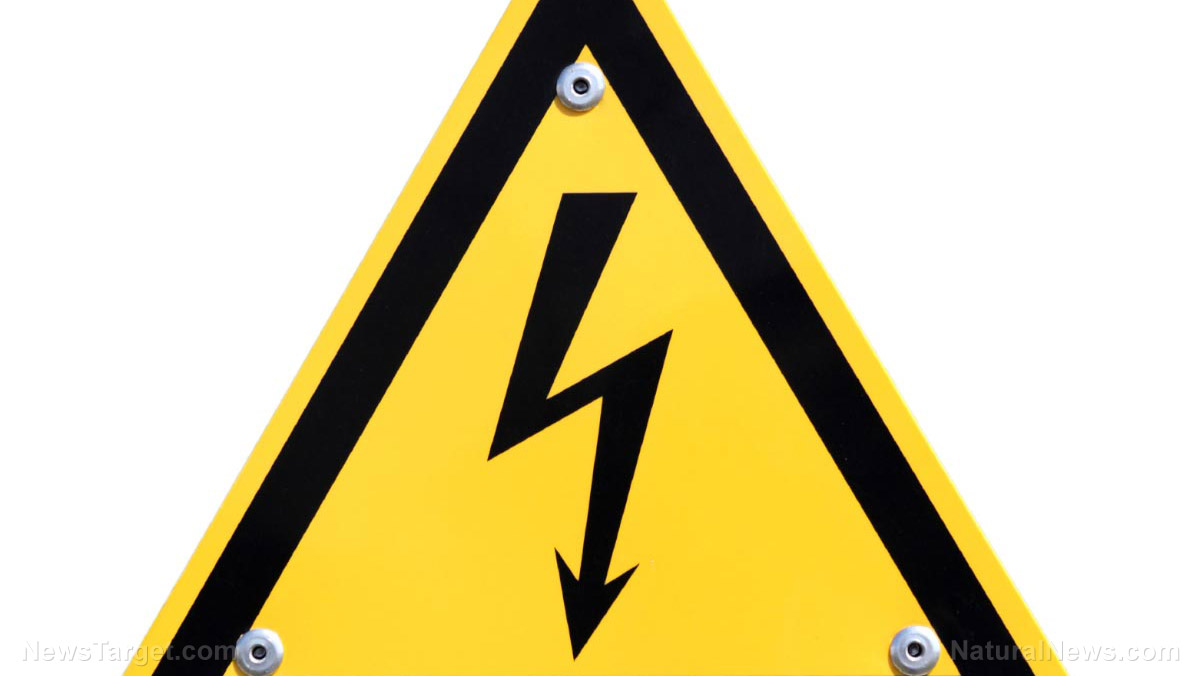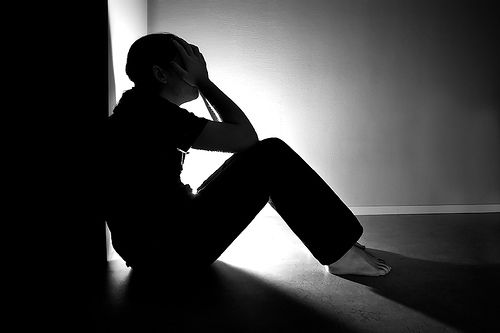Shock therapy still used in England on women and the elderly … without regulation, according to disturbing report
10/24/2017 / By Isabelle Z.

It sounds like something out of a horror movie: Electrode pads are placed on your head, you’re injected with anesthesia and a muscle relaxant and strapped to a bed, and a doctor pushes a button that causes electric current to pass through your brain, giving you a seizure. Some time later, you’ll wake up confused and disoriented, possibly with enduring memory loss, and your brain will have been altered.
Unfortunately, this is the reality for many women and elderly people in England as a new report raises concerns about the use of electroconvulsive therapy (ECT) among the overall population there and these groups in particular.
The study examined data from NHS trusts across England during the period from 2011 to 2015. They discovered that two thirds of those who underwent ECT were women, and more than half – 56 percent, to be precise – were older than 60.
The Royal College of Psychiatrists’ annual dataset backs those figures up, showing that 67 percent of those who received acute ECT in 2016-2017 were women, and nearly three fourths of those who received maintenance ECT for preventing relapses were also female. The mean age of those getting acute ECT was 61, while the mean age for maintenance ECT recipients was 66.
It is most often used to treat people with serious mental health problems, such as treatment-resistant depression, and those who are suicidal, catatonic or experiencing severe psychotic episodes. Scientists have failed to explain how it works and why, and its efficacy is questionable at best, with some people claiming it changed their lives and others saying it ruined them.
Earlier this year, it emerged that the number of ECT treatments carried out at mental health trusts in England had risen by 11 percent in 2015-2016 over a similar period four years prior, with the number of patients also rising. The number of treatments each patient receives also climbed from 9.6 to 10.1.
Nearly 40 percent of ECT treatments given without patient’s consent
The current study uncovered some even more disturbing details, such as the fact that 39 percent of ECT treatments are given without consent, and 30 percent of U.K. National Health Service trusts are not adhering to the mental health legislation governing second opinions.
The study’s lead author, the University of East London Professor John Read, had some harsh words for this state of affairs, saying, “The failure to properly monitor outcomes or the memory loss so often caused by ECT is, to be blunt, medical negligence, and forcing people to undergo this dangerous procedure against their will, without first offering them other treatments that might address the actual causes of their depression — such as loss, loneliness and poverty — indicates a mental health system in urgent need of treatment itself.”
It’s disheartening to think that some people are turning to this treatment as a “last resort” of sorts after antidepressants don’t work, thinking that their cases must be severe. The fact of the matter is that most antidepressants work no better than a placebo, so those who have unsuccessfully taken these dangerous pills should not get roped into believing they need stronger treatment if they are still depressed after taking them. In fact, a comprehensive comparison of popular antidepressants found that 92 percent of these drugs do not relieve a person’s symptoms.
Instead of trying to “help” depressed people and those with other mental health problems with questionable quick fixes, why aren’t more doctors helping people help themselves through proven and safe approaches such as lifestyle changes, cognitive behavioral therapy, and yoga, to name just a few?
Sources include:
Tagged Under: coersion, depression, disease treatments, ECT, electroconvulsive therapy, England, informed consent, medical ethics, mental health, mistreating seniors, NHS, psychiatry, questionable ethics, shock therapy


















